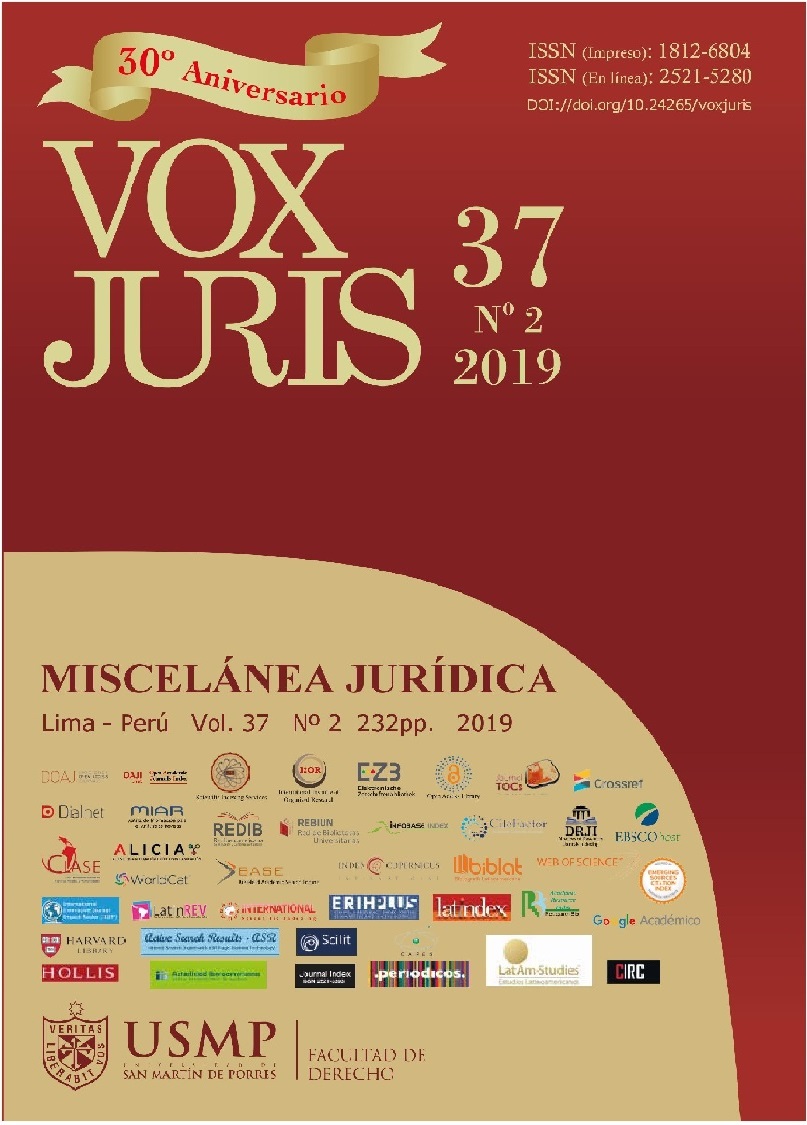IMPORTANCE OF EDUCATIONAL INTERVENTION AS A PREVENTIVE FACTOR OF ANEMIA IN CHILDREN BETWEEN 6 AND 36 MONTHS OLD: THE CASE OF INNER-CITY AREAS OF FLOR DE AMANCAES, LIMA, PERU
Keywords:
Anemia, hierro, micronutrientes, intervención educativa, programa de gobierno, salud pública.Abstract
In the context of the right to life - and particularly to the life of children and their fundamental well-being – the national and international legislation enshrines this right. Since anemia is one of the factors that most influences both infant morbidity and the development of their faculties, it is essential to validate strategies that lead to its reduction / elimination. The research was founded on the conceptual framework of the National Plan for the Reduction and Control of Childhood and Maternal Anemia in Peru, 2017-2021. In this senseand from the opinion of experts, doctors, nutritionists, leading mothers, among others, the proposal was to demonstrate the scope of an educational intervention that allows the reduction of anemia in children between 6 and less than 36 months old from October 2018and February 2019 in Flor de Amancaes shanty town. It is concluded that the control and effect of anemia in inner city areas in Peru will depend on the level of education, training with accompaniment of parents and the legal commitment of the State to ensure the right to life through the nutritional care of our children.Downloads
Download data is not yet available.
Downloads
Published
2019-07-11
Issue
Section
Artículos de revisión
License
Los autores que publican en esta revista están de acuerdo con los siguientes términos:
- Los autores conservan los derechos de autor y garantizan a la revista el derecho de ser la primera publicación del trabajo al igual que licenciado bajo una Creative Commons Attribution que permite a otros compartir el trabajo con un reconocimiento de la autoría del trabajo inicial en esta revista.


